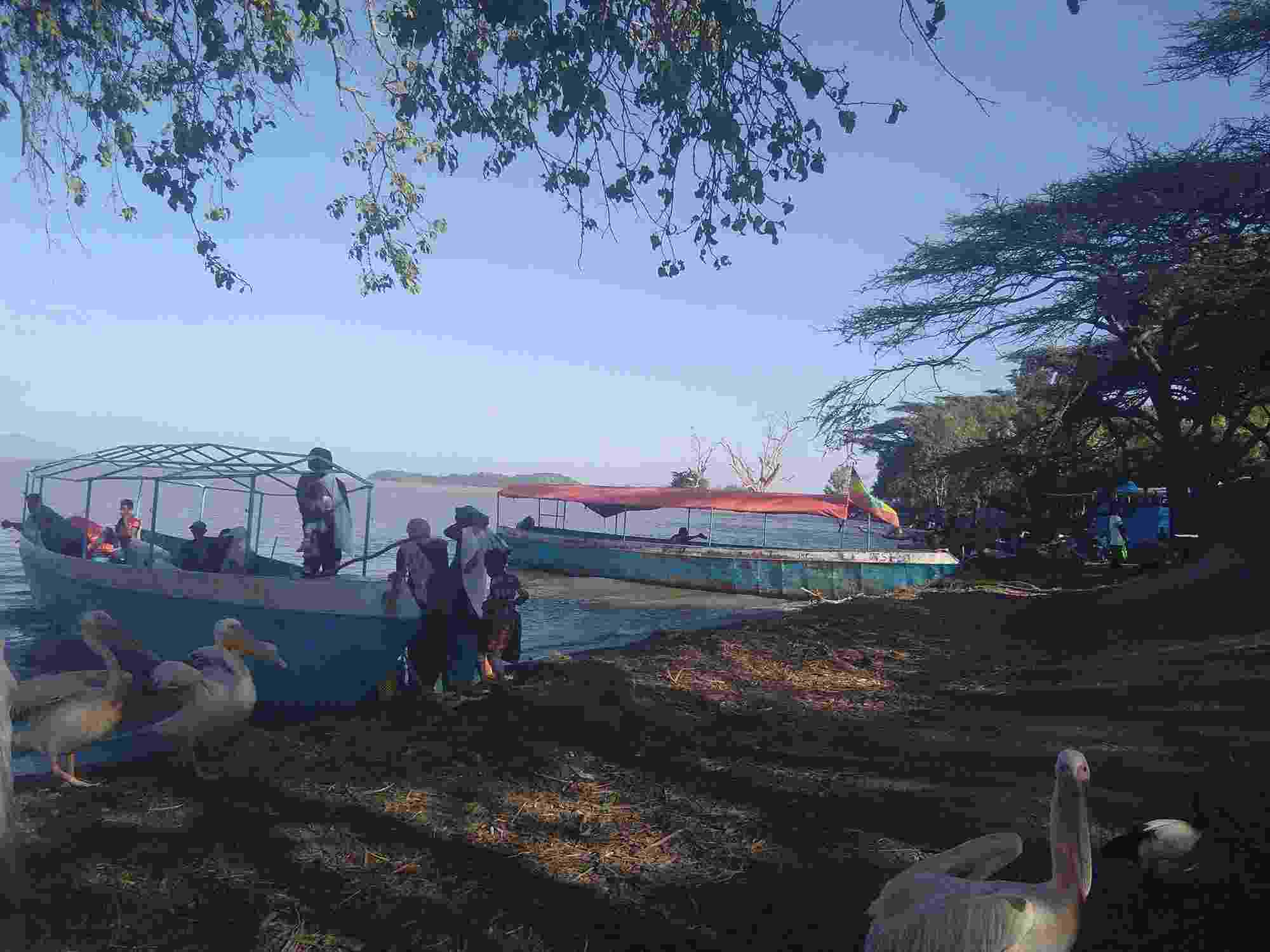Mapping Community Perception, Synergy, and Trade-Off of Multiple Water Values
In the Central Rift Valley Water System of Ethiopia
18 August 2023


The CRV lakes are important not just as water sources, but for transport, livelihoods, and food too
Authors: Yohannes Geleta, Amare Haileslassie, Belay Simane, Engdawork Assefa, Amare Bantider
Individuals and communities use and value water in multiple and complex ways. In Sub-Saharan Africa (SSA), the pluralistic nature of water values is poorly documented, and the existing and potential value trade-offs are unidentified. This study was undertaken in the Central Rift Valley (CRV) of Ethiopia to understand and map water values, priorities, risks, and trade-offs in a multi-stakeholder engagement process to provide the basis for more transparent and accountable decision-making. Integrated assessment methods, combining bio-physical and social methods, were applied. The results show 24 community-perceived and articulated water values that are diverse but interconnected, including values of water, landscapes, the river system, and downstream water bodies. Connections between people and landscape structures are articulated.
In terms of priority water values, the overall results reflect the primary but basic need for water for food security and domestic uses. The results further illustrate the pluralistic nature of water values and the dichotomy of preferences among people of different backgrounds. The scenario-based Environmental Flow (EF) assessment exercise integrated into community value preferences and the event calendar that was used show that the river systems in CRV (Ketar, Kulumsa, and Gusha-Temela) have different ecological and socio-cultural flow requirements and that there are marked water value trade-offs. The conclusions of the study suggest that overlapping governance structures are affecting people’s perceptions of water and the way they articulate water values. Policy directions and decision-making need to recognize and acknowledge the multiple water values and competing uses of water in the CRV as a starting point to reconcile trade-offs that will then improve water security. Findings suggest that EF estimation and decision support tools can be customized to local ecological requirements through engaging local stakeholders in the assessment process.



